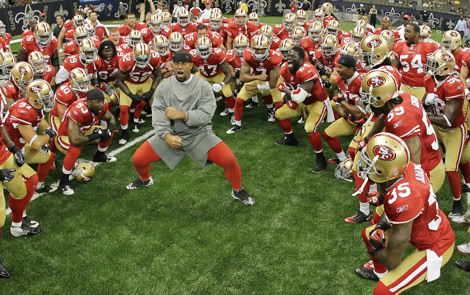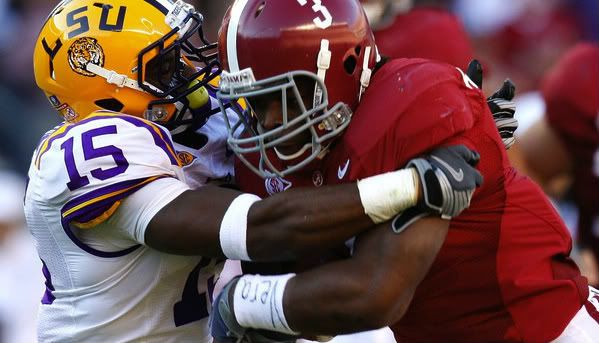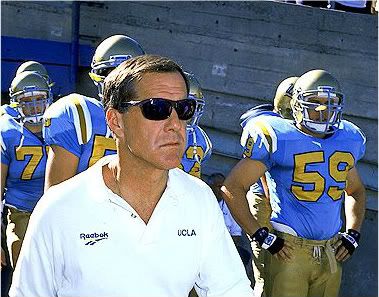Scott Robinson
Undoubtedly, if you’re a football fan you’ll be glued to the good ole’ tube today as the NFL Playoffs run their course. In what will be a couple classic Offensive vs. Defensive match-ups, the two of the more dominant defensive teams featured in the playoffs will run the same base: a 3-4 scheme. The San Francisco 49ers (3rd Overall Defense) face the New York Giants (8th Overall Offense) while the Baltimore Ravens (4th Overall Defense) will take on the New England Patriots (2nd Overall Offense). New UCLA Football Coach, Jim L. Mora, while busy closing out 2012’s recruiting class, would probably like to catch a minute or two of his old team, the 49ers. With the Bruins jumping on the 3-4 band-wagon, watching the 49ers (or Ravens) could help imbibe the traits required to run such a scheme.
So why will UCLA be rolling out a 3-4 defense now? Combing through their defensive coaching hires, it’s clear 3-4 is the direction UCLA will be headed. Hints start with Lou Spanos, whose previous stints include acting as the Pittsburgh Steelers’ “Defensive Quality Control” coach (1995-2009) as well as linebackers coach for the Washington Redskins (2009-2011). Of course, the Steelers have been known for their defense for some time—Particularly the fashion of 3-4 which has led them to the Super Bowl on numerous occasions. For the Redskins, Spanos instilled the 3-4 in 2010 and developed this year’s league-leading tackler, London Fletcher. Add to that new UCLA Linebackers coach, Jeff Ulbrich (linebacker for the 49ers from 2000-2009 with extensive 3-4 experience). Clearly, Coach Mora believes the 3-4 is the right change of pace to upgrade last year’s struggling defense.
In what would now be “buy” years based on Easterbrook’s cyclical observations, the 3-4 appears to have been around for ages:
Twenty years ago, the 3-4 was the most common NFL defense -- Super Bowl XXV between the Giants and Bills matched two 3-4 defenses. Roughly by the year 2000, NFL offenses had figured out how to counter the 3-4, and defensive coordinators began to rediscover the 4-3. The disruptive, Super Bowl-winning Baltimore and City of Tampa defenses of this phase were conservative 4-3 schemes. Through the middle 2000s, the 4-3 was the "It Girl" defense. Then coaches and quarterbacks got a good handle on the 4-3, and defenses started reverting to the 3-4. Within a few years, the 3-4 will be understood again and teams will switch to the 4-3 as the hot defense.So, according to Easterbrook, this generation’s crop of quarterbacks (i.e. Joe Flacco and Alex Smith) should be reading up on yesteryear’s Troy Aikman, Jim Kelly and Dan Marino. In order to really comprehend the defense, perhaps a look at successful quarterbacks who have faced the 3-4 might yield a clue or two for its weaknesses.
Read more...





